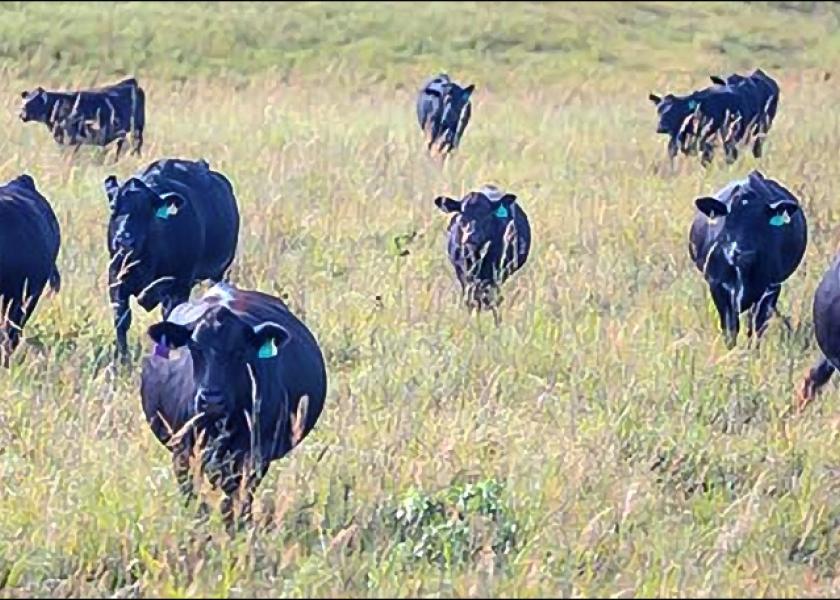Proper Vaccination Increases Calf Welfare and Value

In beef calf preconditioning programs, the importance of vaccinations to minimize respiratory illness, related to bovine respiratory disease (BRD), cannot be overstated. The Oklahoma Quality Beef Network (OQBN) Vac-45 program mandates that calves receive two vaccinations against respiratory pathogens, with at least one being a modified live viral (MLV) vaccine. MLV vaccines, containing weakened viruses, elicit a more robust immune response compared to killed viral (KV) vaccines, which use inactivated viruses.
Research findings suggest that administering respiratory vaccinations after calves have departed the ranch of origin does not significantly prevent BRD at the following stages of the beef supply chain. Hence, administering appropriate respiratory vaccines before sale and commingling is crucial for providing immunity during the stocker and feedlot stages of the beef supply chain.
A 2011 study conducted by Oklahoma State University consisted of 337 non-preconditioned, unvaccinated heifers sourced from Western Kentucky. These heifers underwent evaluation during a 63-day backgrounding period before entering the feedlot finishing phase. The results revealed that heifers not requiring treatment for BRD, those treated once, twice, and three times, displayed a greater average net value of $111.12, $92.51, and $20.62 above heifers considered chronically ill. These variations in net value primarily stemmed from differences in medical treatment costs and average daily gain (ADG).
Breaking down the medical costs, heifers treated for BRD once, twice, or three times, and those considered chronically ill, exhibited average higher costs of $9.63, $23.62, $35.71, and $35.34 compared to heifers that did not require BRD treatment. Furthermore, heifers treated for BRD once, twice, or three times, and those chronically ill, demonstrated ADGs that were 0.31 lbs., 0.93 lbs., 1.65 lbs., and 2.16 lbs. less than the ADG of heifers not requiring treatment for BRD.
In summary, proper vaccination against BRD-related pathogens during calfhood establishes robust immunity. This not only enhances calf welfare but also improves performance and overall value throughout the beef supply chain.
Table 1. Economic and production effects of BRD for heifers during a 63-day backgrounding period
|
|
BRD Treatment Frequency
|
||||
|
Variable
|
Untreated (healthy)
|
Once
|
Twice
|
Three times
|
Chronically ill
|
|
Beginning BW (lbs.)
|
536
|
529
|
529
|
531
|
540
|
|
Purchase Price ($/heifer)
|
606
|
601
|
599
|
602
|
591
|
|
ADG (lbs.)
|
3.11
|
2.80
|
2.18
|
1.46
|
0.95
|
|
Drug Cost ($/heifer)
|
0.00
|
9.63
|
23.62
|
35.71
|
35.34
|
|
End BW (lbs.)
|
731
|
705
|
665
|
624
|
580
|
|
End Price ($/heifer)
|
705
|
682
|
649
|
612
|
573
|
Source: Brooks et al. 2011
Reference:
Brooks, K.R., K.C. Raper, C.E. Ward, B.P. Holland, C.R. Krehibiel, and D.L. Step. (2011)
Economic effects of bovine respiratory disease on feedlot cattle during backgrounding and finishing phases. The Professional Animal Scientist. Vol. 27. Pg. 195-203. https://doi.org/10.15232/S1080-7446(15)30474-5







